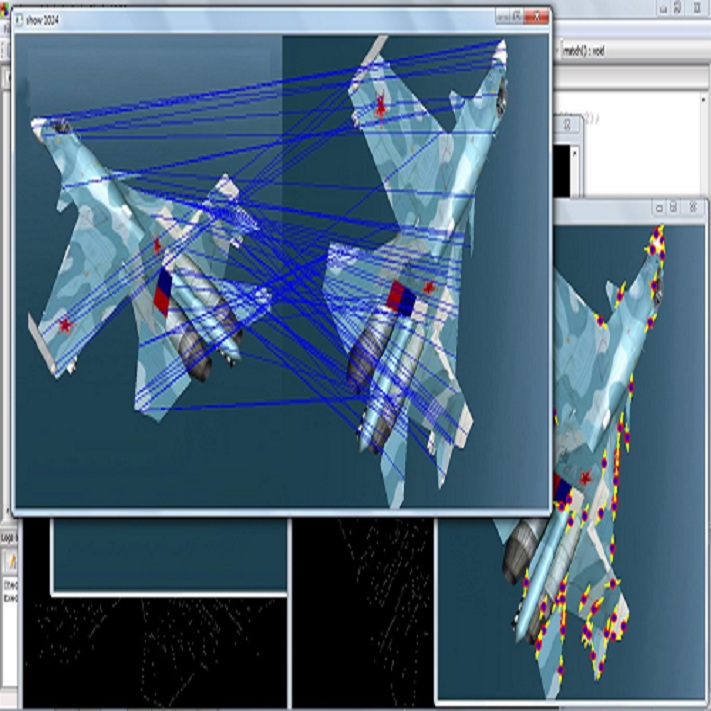The transformation model is an essential component of any deformable image registration approach. It provides a representation of physical deformations between images, thereby defining the range and realism of registrations that can be found. Two types of transformation models have emerged as popular choices: B-spline models and mesh models. Although both models have been investigated in detail, a direct comparison has not yet been made, since the models are optimized using very different optimization methods in practice. B-spline models are predominantly optimized using gradient-descent methods, while mesh models are typically optimized using finite-element method solvers or evolutionary algorithms. Multi-objective optimization methods, which aim to find a diverse set of high-quality trade-off registrations, are increasingly acknowledged to be important in deformable image registration. Since these methods search for a diverse set of registrations, they can provide a more complete picture of the capabilities of different transformation models, making them suitable for a comparison of models. In this work, we conduct the first direct comparison between B-spline and mesh transformation models, by optimizing both models with the same state-of-the-art multi-objective optimization method, the Multi-Objective Real-Valued Gene-pool Optimal Mixing Evolutionary Algorithm (MO-RV-GOMEA). The combination with B-spline transformation models, moreover, is novel. We experimentally compare both models on two different registration problems that are both based on pelvic CT scans of cervical cancer patients, featuring large deformations. Our results, on three cervical cancer patients, indicate that the choice of transformation model can have a profound impact on the diversity and quality of achieved registration outcomes.
翻译:暂无翻译



